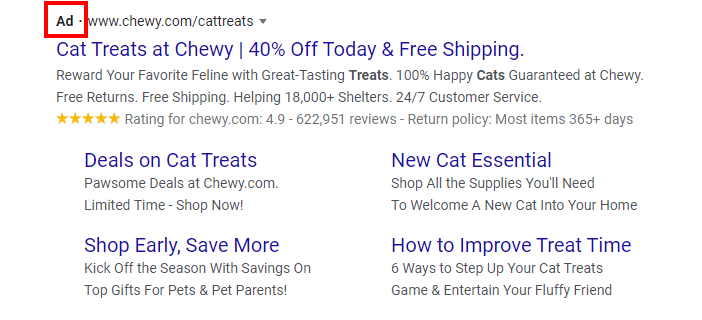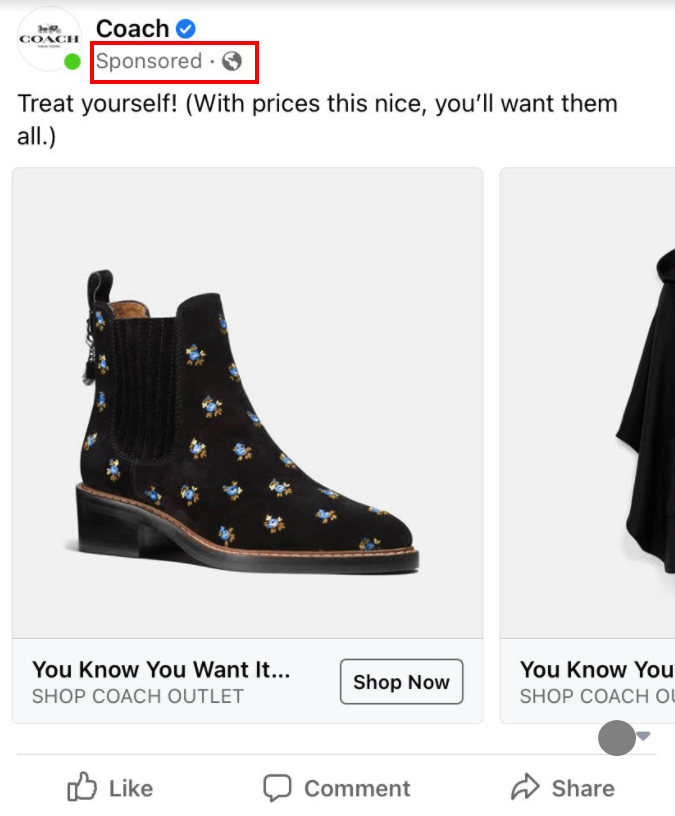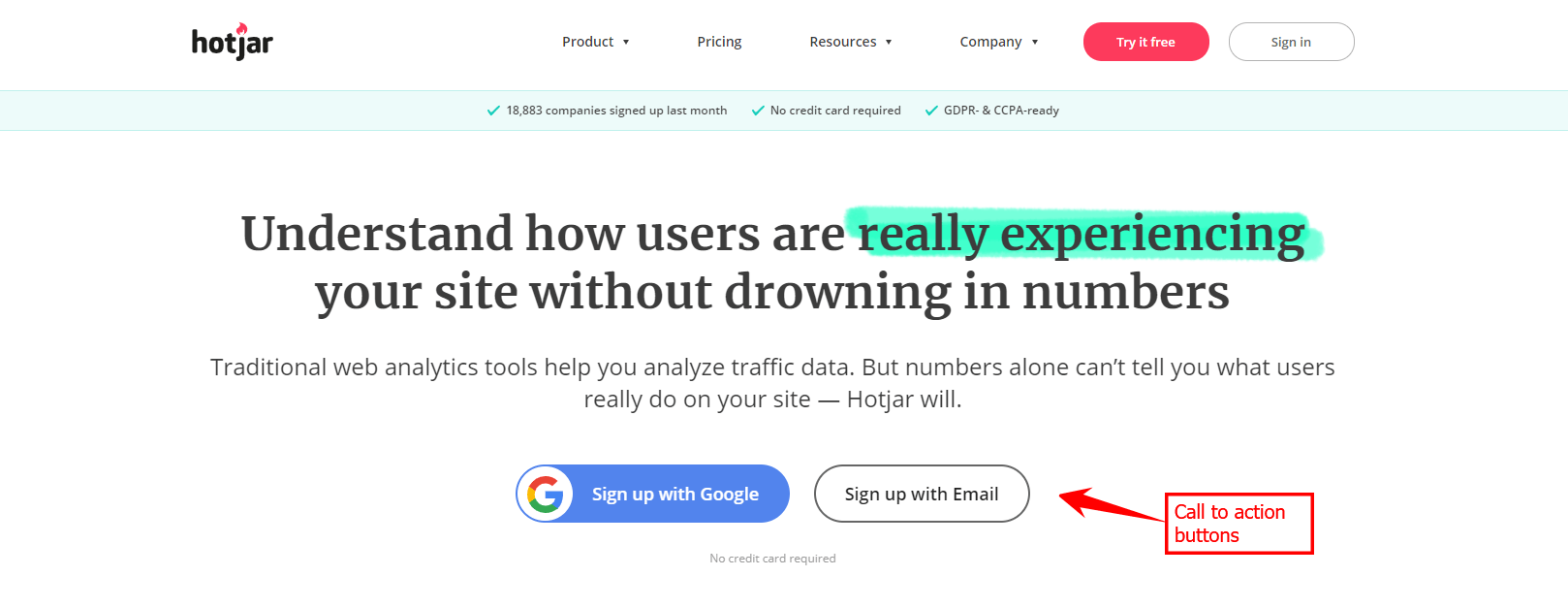Why Does SEO Take Time? + 3 Non-SEO Strategies You Can Try While You Wait
In this video, Will from the WebFX Internet Marketing team will explain why SEO takes time and what you can do while you wait.
Transcript: Does waiting for your SEO efforts to pay off make you feel like this?

We get it. SEO can be a bit of a waiting game, especially if you’re a newer player.
In this video, I’m going to answer a few questions about the SEO waiting game:
- How long does SEO take?
- Why does SEO take time?
- What to do if your SEO takes too long
Keep watching for the answers!
How long does SEO take?
If you’re new to SEO, you might not see results as quickly as you’d like.
In general, SEO can take about six months to start working. But this range can really be anywhere from four to eighteen months depending on different SEO factors.
Don’t let that FOMO kick in while you’re waiting to see your site in the search results.
You can do some things to bring more people to your website while you’re waiting. Before I get into that, let me just explain why SEO doesn’t always work immediately.
Why does SEO take time?
First, here’s a quick breakdown of search engines.
To be able to show you search results, search engines need to read and understand all of the websites on the Internet.
Search engine bots, called crawlers or spiders, find pages on the web, scrape the pages to determine what they’re about, and follow links to other pages within those pages.
Then, the pages they crawl get indexed, or added to a search engine’s database, and ranked.
When someone Googles “cute cats” or “otters holding hands,” the results they see are because of the crawling, indexing, and ranking.
If this sounds otterly intense, it’s because it is. And it happens constantly.
And there are billions of websites on the Internet, so the process I just explained happens on an incredibly large scale.
So when you optimize your website, you’re not the only one hoping to see better rankings.

Even in your niche, there are probably thousands of other businesses like yours trying to claim a spot on the first page of the search results.
In addition, search engines use a lot of different factors to determine where your pages will rank.
Google uses over 200, which includes keywords in content, links from other websites, mobile-friendliness, page speed, and accessibility.
Sites that are more established and trusted by search engines will rank higher, making it harder, but not impossible, for newer, less established sites to rank.
Over time and with a consistent SEO strategy, you can see results a lot faster.
But because of all the factors I just went over, your newer site probably won’t see instant results with SEO.
Instead of watching the grass grow, I’m going to give you a few things to do to help your business without SEO.
What to do if SEO takes too long: 3 non-SEO tips
1. Invest in digital advertising
Yes, digital advertising requires that you spend money. But if you’re not getting traffic from your SEO efforts yet, it’s totally worth it.
You can choose different formats for your ads, like text, graphics, or video, and choose different platforms for them, too.
Here are a few different ways you can advertise:
- Search ads: These are as close as you’ll get to the organic search results until your SEO starts to take off. A search ad shows up with organic results, except it has this little ad tag that lets you know someone paid for it.

- Display ads: These ads use images, graphics, and videos to communicate your brand to a target audience. You might see them on websites that allow ads, in Gmail, or on YouTube.

- Social media ads: With social media ads, you can target very specific audiences based on information they’ve shared with the social platform you’re on. These will usually look like regular posts or tweets, except there will be a little tag that says they’re ads.

The benefit of paid advertising is the immediacy. SEO takes time, but paid advertising gets you more date and results a lot faster when you turn it on.
With a properly targeted campaign, you can get your ads in front of the people who are most likely to engage with your business.
2. Share your content with your audience
Don’t wait for people to find your website. Be proactive and share your content with your audience.
As a part of your SEO efforts, you’ve probably taken the time to write helpful guides, make in-depth tutorials, and create interesting graphics.
Don’t just wait around for everything to start getting attention.
Start building relationships with influencers in your industry so they’ll be more willing to share your content. If they share or link to it, you get more traffic to your website and build some trust with search engines, which will in turn help your SEO! Win-win!
Share what you’ve created on social media, and encourage your followers to do the same. The more people who see your brand, the better.
If you use email marketing, send your content to your subscribers. If you want to build a base of subscribers, add a form to your website and ask people to sign up.
Use the outlets you have available to you to distribute your website’s content.
3. Optimize your website
While you’re waiting for your SEO efforts to kick in, keep optimizing!
If you keep improving your site’s SEO, optimizing pages for keyword opportunities, earning links, adjusting pages for search intent, etc., you’ll have a leg up when all of your efforts are recognized by search engines. But don’t just stop there.
SEO can bring new traffic to your website, but what about the traffic you already have?
If you don’t get a ton of traffic, or even if you do get a decent amount of traffic without SEO, every visit counts. Do what you can to convince people to take action on your site.

It doesn’t matter if you just want people to contact you or you want them to make a purchase. Conversions are what turn a visitor into a customer.
While you’re waiting for results from your SEO efforts, test different elements of your site to see where you might be losing out on conversions.
You can use a tool like Hotjar to see how people interact with different parts of your site, and Google Optimize to test which elements perform best with your visitors.
Small things like changing the text on a call-to-action button or removing unnecessary fields from a form can result in big wins.
Just think of the traffic and results you’ll see when these three strategies combine with your SEO efforts.
So I hope I’ve helped you understand why SEO takes time and what to do if SEO takes too long.
If you’re looking for a team of specialists to handle your SEO strategy, look no further than our team at WebFX. We’ve been in the business for over twenty years, so we’re pretty confident in our SEO expertise.
And if you enjoyed this video, give us a thumbs up and subscribe to our YouTube channel!
Thanks for watching!